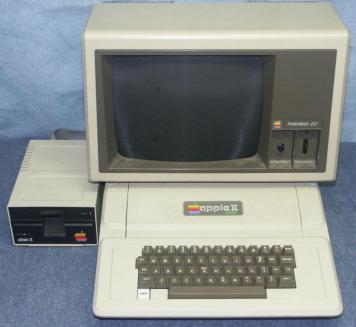The American academy in a number of fields seems to prize above all else the scholar who can reduce a complex phenomenon to a catch-phrase, or analogise the unfamiliar to the familiar, convincing colleagues and the public that there is a clear and compelling answer to their questions. Marc Prensky’s ”Digital Natives” versus ”Digital Immigrants” offers just such an answer. With compelling clarity, we are invited to import from our understanding of nation states and national languages (and the easy equation between the two) the notion that ”immigrants” (i.e. those in the analogy who did not grow up with digital technologies) will always have an accent. The metaphor is thus colonial from the outset: we are living in English-American-speaking America and your native language (whether it is Cherokee, or Spanish, or Farsi) makes you a permanent foreigner. That this is Prensky’s point of departure might seem unimportant: after all, he is merely drawing an analogy. He is not attempting to make a new language ideological point, merely reproducing an old and problematic one. Should we look past this?
 An Apple II computer system similar to the one I used to write computer programmes in the 1980s
An Apple II computer system similar to the one I used to write computer programmes in the 1980s
I would argue that Prensky’s colonial narrative saturates his theorisation of digital learning, and thereby undermines it. Though I have become familiar with the Digital Native/Immigrant distinction over the past decade, I was surprised to see that this particular article was published in 2001, when I was 22 years old and in my fourth year of university. Though I had grown up with computers in the home — my father is what marketers refer to as an ”early adopter” who bought a Sinclair QL in the mid-80s that we both learned to programme, and I was later given an Apple II which I also learned to programme — I had always thought of the ”immigrant” label as attaching to me. These ”natives” — in the way they were described by the media at least, seemed to be the generation growing up with smartphones and Facebook accounts. When Prensky was writing, however, he was writing about people like me, a 4th-year university student with a slow but highly valued dial-up internet connection. The gap I perceived between myself and the teenagers I was designing educational programmes for in the mid-2010s was in my thinking just as profound as that Prensky was articulating as existing between college professors and their students in 2001.
If Prensky’s distinction was being used to construct immigrant-status and nativeness between successive generations of computer users, what analytical purpose could it still be serving, except for the obvious fun to be had making fun of ”immigrants” still printing out their e-mails? In my home country context, South Africa, we focus a lot on the extent to which mobile phone technology has ”leapfrogged” both fixed line and desktop computing. Many marginalised young people living in poverty own or have access to cell-phones, and the extent of the features of these phones is often the main deciding factor in thinking through how to communicate with them. So-called ”feature” phones were until recently very common, but have been displaced by the successive waves of up-selling to richer markets that have seen previously desirable smartphones become very cheap and accessible second-hand and even new commodities. Money for ”airtime” and data are the main questions that hang over the heads of many young South Africans. Their digital ”literacy” is advanced — but in languages that would be unintelligible to many American college students. In South Africa we work with USSD codes, with ”Please Call Me” texts, with selected zero-rated services — but of course, this too changes all the time, and as I have been out of the country for nearly two years I am probably already out-of-date.
 Mobile technology has leapfrogged desktop and fixed line Internet access in South Africa and other countries on the African continent
Mobile technology has leapfrogged desktop and fixed line Internet access in South Africa and other countries on the African continent
What use is the distinction between the ”immigrant” and the ”native” when comparing successive generations of computer users, across different country settings, with diverse socioeconomic, cultural, and economic backgrounds? In the simple sense that most of us feel comfortable in one language, and, if we can speak another language, are likely to speak it in ways that mark us as having learned that language later in life, Prensky’s analogy can work when applied to the digital world. But in the sense of a ”dividing practice” that separates the world into halves, it is a hopeless enterprise. To take Prensky seriously would be to reduce our conceptualization of digital literacy to a simple binary, when in fact what the world shows is is that literacies are fractal — they nest within each other, evolve from each other, multiply, compete, and vary considerably between people. Any serious approach to digital education would need to take this full complexity into account, and abandon the reduction of learners to ”natives” and ”immigrants”.